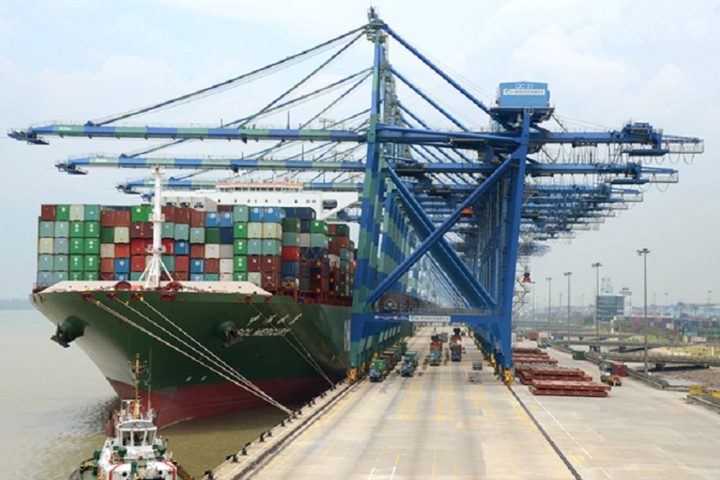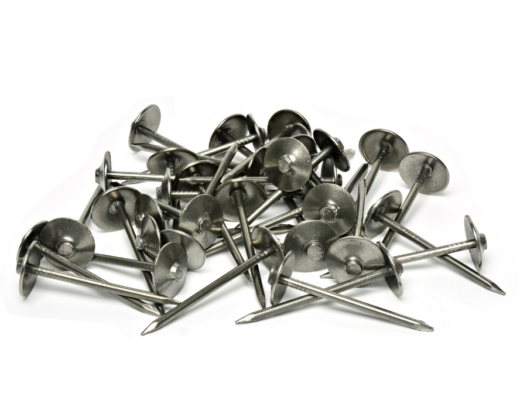Every port plays a crucial and contributive role in the development of its home country’s trade market. Port Klang has made its mark in the list of such ports for Malaysia. During the colonial period, it was known as Port Swettenham. In July 1972, the concerned authorities gave it a new name “Port Klang” given it is located just six kilometres away from the town “Klang” in Malaysia. It is the largest port in the country and plays an influential role in its economic growth. It is the administrative hub of the rubber and fruits growing area of the town. Today, the port is an integral part of the country’s well-developed manufacturing industries of rubber footwear, herbicides and pineapple canning. Let us understand the detailed and eventful history of the port.
Port Klang: Past to Present
Port Klang has covered a fruitful journey of over a century in the trade business. It has played a significant role in the growth of Selangor, the state in which it is located. While Malaysia has reaped the benefits of trade and globalisation by offering its products to the world, the businessmen and traders have flourished as well.
Scenario During the British Rule
Klang town and Port Swettenham were popular for being malaria-prone localities as the port was shut down two weeks after a massive outbreak of the disease. After the discovery of the transmission of malaria through mosquitoes in 1897, the port was the first colonial locality to reap its benefits. After the damage caused to port during the second world war and the port got its first makeover in years. It is during this time that imports grew tremendously in the country and facilitated by the port. The authorisation of this vast seaport then slipped off the hands of British rulers and went under the undertakings of the Malaysian government post-independence.
The Journey After Independence
After the country inherited its independence, Port Swettenham became the administrative centre of the state. In March 1986, the container terminal area of the port went through privatisation by Klang Container terminal Bernhard. Finally, in 1901, the modern Klang port was constructed by the concerned authorities. The establishment of the railways from Kuala Lumpur also contributed largely to the development of the port. The port has grown ever since and has established its connection with 120 countries across the world.
Local Authorisation and Governance
Today, Klang port has three divisions; Northport, Westport and Southpoint. After the establishment of Port Klang Authority, the Northport and Westport went into privatisation. It falls under the jurisdiction of MPK (Klang Municipal Council). It is also connected to naval ships drop anchor and Cruise Line. As per the reports, the total cargo capacity of the was 550,000 tonnes in 1940 which rose to 109,700,000 tonnes in 2005.
Achievements and The Current Synopsis
From being a British-ruled port to the greatest one in Malaysia, serving as the main gateway by sea into the country. In 2012, it appeared in 11th position in the list of the top busiest container ports in the world. It was the top location in the London Metal Exchange for Aluminium stocks in 2012 and also ranked as the top metal exchange too. Under the development and trade leads of this port, it is no wonder why Malaysia has made its name in the world.
Port Klang sets a perfect example of how a seaport can make a difference for its country in a world that is trade-oriented. It is a well-networked channel for services starting from the port authorities to traders. Therefore, one should know about the history of every notable port in the world to understand the credibility of the industry.




